Imagina entrar en tu hogar después de un largo día, envuelto instantáneamente por calidez, suavidad y una sensación de pertenencia. A medida que nos acercamos a 2025, nuestro anhelo por espacios que fomenten el bienestar y ofrezcan verdadero confort nunca ha sido tan fuerte. Este artículo explora siete formas inspiradoras de diseñar interiores acogedores que apoyen tu necesidad de santuario, combinando ideas innovadoras con soluciones prácticas. Desde superponer texturas y abrazar la naturaleza hasta optimizar la iluminación y seleccionar detalles significativos, descubrirás estrategias reflexivas para transformar tus espacios de vida. ¿Listo para reinventar cómo diseñas ambientes acogedores para la vida moderna? Comencemos.
La esencia del diseño acogedor en 2025
Entendiendo “Acogedor” en interiores modernos
En 2025, diseñar interiores acogedores significa mucho más que simplemente añadir calidez. El concepto ha cambiado, reflejando ahora confort emocional, riqueza sensorial y un verdadero sentido de santuario. El diseño acogedor moderno trata de crear espacios que nutran el bienestar y proporcionen un refugio seguro del mundo.
Después de la pandemia, las personas comenzaron a priorizar sus hogares como refugios. Los expertos de la industria notan un aumento en la demanda de espacios que reduzcan el estrés y fomenten la relajación. Según informes recientes de diseño de hogares, más del 70% de los propietarios ahora buscan ambientes que apoyen la salud mental y ofrezcan un respiro diario.
Una habitación acogedora hoy se define por cómo te hace sentir. No se trata solo de mantas mullidas, sino de fomentar un sentido de pertenencia y paz. Las elecciones de diseño acogedor pensadas ayudan a transformar la vida cotidiana en una experiencia restauradora.
Principios clave para lograr la acogida
La base de cualquier espacio acogedor exitoso descansa en cuatro pilares: comodidad, calidez, personalización y funcionalidad. Cada elemento juega un papel distinto para que un hogar se sienta verdaderamente acogedor.
Materiales táctiles, como telas suaves y textiles en capas, mejoran el confort sensorial. La iluminación en capas, que incluye fuentes ambientales y de tarea, crea el ambiente y apoya las actividades diarias. Distribuciones pensadas aseguran que las habitaciones fluyan bien y cumplan necesidades prácticas.
Equilibrar la estética con la usabilidad real es clave. Toques personales, como decoraciones queridas o fotos familiares, profundizan aún más la sensación de hogar. Para un enfoque paso a paso de estas ideas centrales, la Guía de Diseño de Interiores 2025 ofrece una base completa para cualquiera que busque diseñar habitaciones acogedoras con intención.
Tendencias que moldean los espacios acogedores en 2025
Liderando el camino en 2025, varias tendencias de diseño acogedor están moldeando cómo pensamos sobre la comodidad. El diseño biofílico, que trae la naturaleza al interior mediante plantas y materiales orgánicos, está ganando impulso. Las paletas de colores terrosos—piensa en verdes apagados, terracota y azules suaves—reflejan un deseo de calma y conexión con el exterior.
La sostenibilidad es otro enfoque principal. Los propietarios buscan cada vez más maderas recicladas, fibras naturales y acabados ecológicos. Informes de líderes de la industria del diseño muestran un aumento del 40% en el uso de productos sostenibles en espacios acogedores este año.
Los proyectos recientes de diseñadores muestran usos creativos de muros vivos, cerámica hecha a mano y textiles en capas. Estas características no solo son hermosas, sino que también fomentan un ambiente acogedor. Siguiendo estas tendencias, puedes diseñar espacios acogedores que sean elegantes, funcionales y profundamente restauradores.
| Tendencia acogedora 2025 | Característica clave | Beneficio |
|---|---|---|
| Diseño biofílico | Plantas de interior, luz natural | Reducción del estrés, vitalidad |
| Colores terrosos | Verdes, azules, terracota | Ambiente tranquilo y acogedor |
| Materiales sostenibles | Madera reciclada, fibra orgánica | Comodidad eco-consciente |
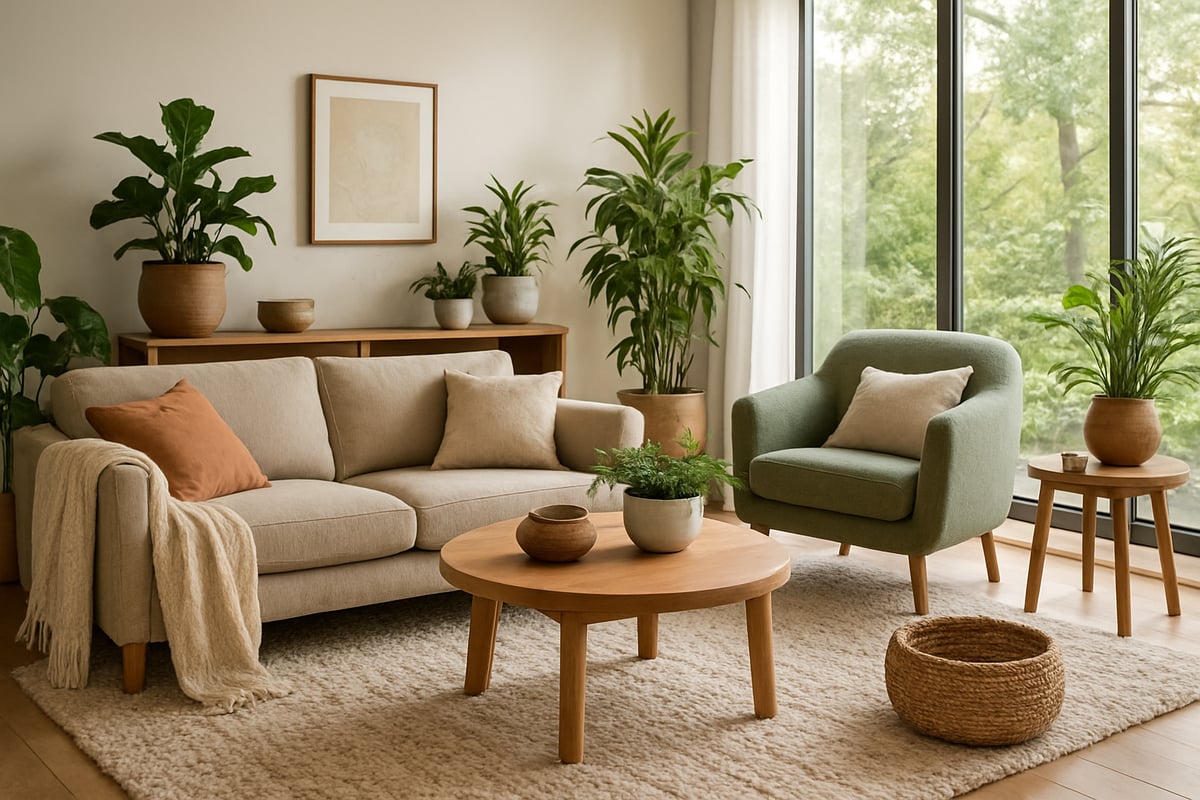
7 formas inspiradoras de diseñar espacios acogedores para 2025
Crear el santuario definitivo en casa es más importante que nunca. Al buscar diseñar espacios acogedores para 2025, estos siete enfoques innovadores combinan comodidad, estilo y bienestar. Exploremos cada método en profundidad, ofreciendo pasos prácticos e inspiración real para cada habitación.
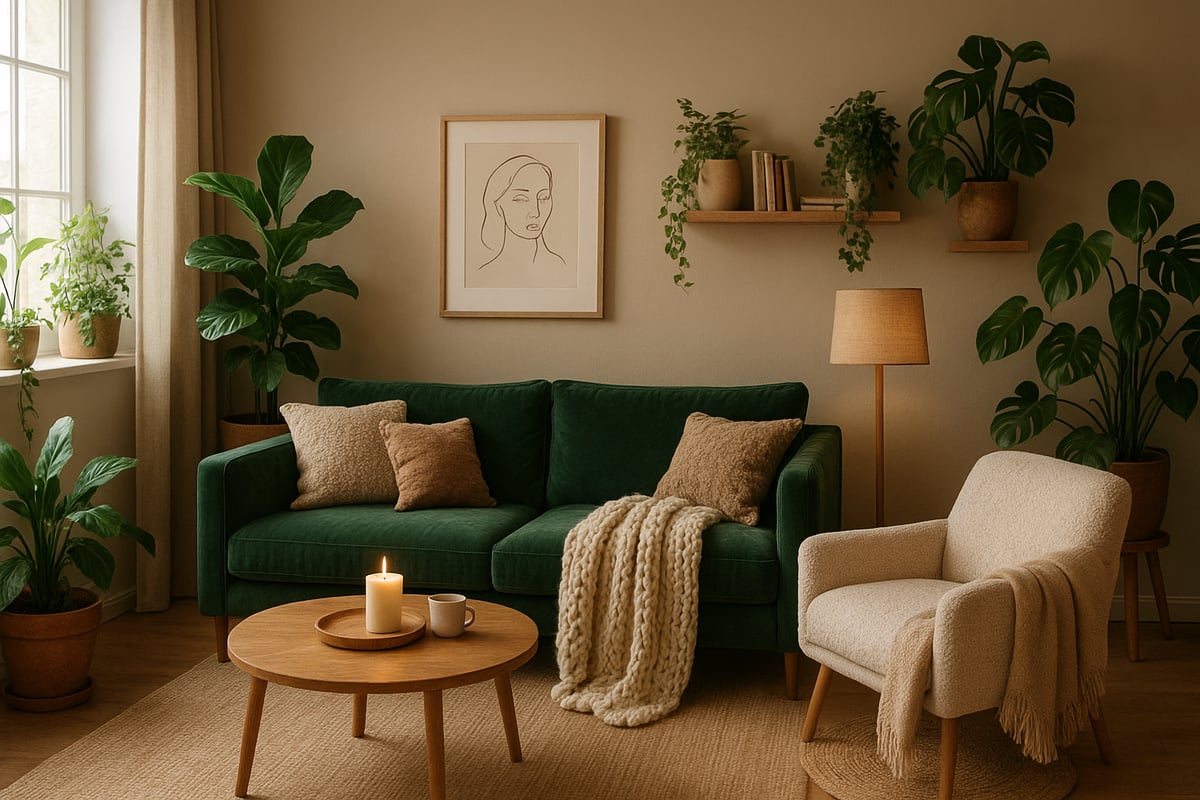
1. Superpone texturas para profundidad y calidez
Para diseñar espacios acogedores que se sientan invitantes, comienza mezclando una variedad de telas táctiles. Terciopelo, boucle, piel sintética y tejidos gruesos añaden cada uno su toque único. Estos materiales trabajan juntos para crear un ambiente que se siente tanto rico como accesible.
Superponer alfombras es una estrategia clave. Prueba colocar una alfombra de lana suave sobre una base de yute natural para interés visual. Añade mantas y cojines en texturas complementarias, como un cojín de cuero combinado con una manta de lana. Este enfoque ayuda a diseñar habitaciones acogedoras que son visualmente dinámicas y físicamente cómodas.
Considera estos consejos para una capa efectiva de texturas:
- Combina superficies lisas y rugosas, como cuero con lana suave o lino.
- Usa diferentes escalas, mezclando tejidos gruesos grandes con tejidos más finos.
- Ajusta según la temporada: algodón ligero para el verano, piel sintética o tejidos gruesos para el invierno.
Las salas de estar de diseño a menudo muestran estas técnicas. Por ejemplo, un sofá de terciopelo mullido con una silla boucle rugosa y alfombras de lana en capas crean instantáneamente ambientes acogedores. El color también importa: los neutros terrosos, azules profundos y terracotas cálidos realzan el efecto acogedor.
No importa tu clima, puedes diseñar espacios acogedores ajustando el peso y la combinación de telas. En regiones cálidas, opta por textiles más ligeros con textura sutil. En áreas más frías, adopta materiales más pesados y en capas para máxima calidez.
El secreto es el equilibrio: solo unas pocas piezas texturizadas bien colocadas pueden transformar completamente la sensación de una habitación. Experimenta mezclando y combinando hasta encontrar lo que realmente hace que tu espacio sea acogedor.
2. Abraza la naturaleza con el diseño biofílico
El diseño biofílico es el arte de traer el exterior al interior, y es una de las principales formas de diseñar interiores acogedores para 2025. Este enfoque prioriza elementos naturales que aumentan tanto la comodidad como el bienestar.
Comienza incorporando materiales como madera, piedra y ratán. Estos añaden calidez orgánica y energía de arraigo a cualquier habitación. Las plantas de interior son esenciales para diseñar espacios acogedores con una sensación fresca y vibrante. Opta por variedades de bajo mantenimiento: plantas serpiente, pothos y ZZ prosperan con cuidados mínimos.
Usa formas orgánicas en muebles y decoración para suavizar líneas duras, y maximiza la luz natural para que los espacios se sientan aireados y vivos. Según estudios recientes, los interiores inspirados en la naturaleza pueden reducir el estrés y aumentar la felicidad, facilitando el diseño de refugios acogedores en casa.
Prueba estas estrategias:
- Integra jardines interiores o muros vivos para una declaración audaz.
- Usa estampados botánicos en cojines, cortinas o papel tapiz.
- Coloca flores frescas en áreas clave para crear puntos focales acogedores.
Para más inspiración y pasos prácticos, explora Estilos de Diseño Interior Biofílico, que profundiza en esta tendencia creciente.
Si tienes una gran vista, organiza los muebles para destacarla, o crea una conexión fluida entre interior y exterior. Incluso en apartamentos, un grupo de plantas en macetas cerca de una ventana puede diseñar rincones acogedores que se sienten cerca de la naturaleza.
En última instancia, el diseño biofílico te ayuda a crear espacios de vida acogedores que nutren tanto la mente como el cuerpo.
3. Crea un santuario personalizado
Una de las formas más efectivas de diseñar habitaciones acogedoras es a través de la personalización. Rodéate de arte, reliquias y colecciones que cuenten tu historia. Estos toques personales infunden calidez emocional y un sentido de pertenencia.
Muestra los objetos queridos con cuidado para evitar el desorden. Usa paredes de galería para fotos o pinturas, y decora estantes con una mezcla equilibrada de libros, recuerdos y objetos decorativos. Este enfoque ayuda a diseñar espacios acogedores que se sienten curados, no caóticos.
Considera crear zonas dedicadas a la relajación. Un rincón de lectura con una silla y lámpara favoritas, o un espacio de meditación con cojines suaves, pueden transformar cualquier esquina en un refugio. “Vive con lo que amas. Rodéate de belleza y energía positiva,” dicen los diseñadores líderes.
Consejos prácticos para combinar objetos personales con estética moderna:
- Elige marcos y estantes con acabados coherentes.
- Rota las exhibiciones según la temporada para mantener el espacio fresco.
- Limita la cantidad de objetos por superficie para un aspecto despejado.
Los muebles personalizados o la decoración a medida añaden un toque único. El objetivo es diseñar ambientes acogedores donde cada detalle refleje tu individualidad. Actualizar regularmente las exhibiciones personales mantiene tu santuario dinámico e inspirador.
Al abrazar tu historia, diseñas espacios acogedores que no solo son elegantes, sino profundamente reconfortantes.
4. Optimiza la iluminación para el ambiente y la comodidad
La iluminación juega un papel central en cómo diseñas interiores acogedores. La iluminación en capas—ambiental, de tarea y de acento—crea profundidad y calidez, haciendo que cada espacio sea más acogedor.
Comienza con bombillas de tonos cálidos para establecer un resplandor reconfortante. Los reguladores y controles inteligentes te dan flexibilidad para ajustar la atmósfera según la hora del día. Para crear habitaciones acogedoras, añade velas, luces de cadena o faroles para un efecto suave y parpadeante.
Los expertos muestran que la temperatura de la luz tiene un impacto significativo en la percepción de acogimiento. Las luces frías pueden sentirse duras, mientras que las luces cálidas crean ambientes acogedores que fomentan la relajación.
Considera estas opciones de iluminación:
- Lámparas colgantes llamativas para interés visual.
- Apliques de pared para bañar superficies con luz suave.
- Iluminación bajo los gabinetes en cocinas o áreas de trabajo para funcionalidad.
Las bombillas LED de bajo consumo y la integración de hogares inteligentes son ahora estándar en proyectos de diseño acogedor. Usa la iluminación para resaltar texturas: ilumina una pared texturizada o destaca un rincón acogedor para leer.
Al superponer y controlar cuidadosamente tus luces, diseñas espacios acogedores que se adaptan a cada ocasión, desde reuniones animadas hasta noches tranquilas.
5. Juega con el Color para Establecer el Ambiente
El color es una herramienta poderosa para crear ambientes acogedores. Para 2025, las paletas de tendencia incluyen tonos terrosos, verdes apagados, azules profundos y ricos terracotas. Estos tonos evocan calma, calidez y conexión con la naturaleza.
El impacto psicológico del color está bien documentado. Los neutros terrosos ayudan a crear habitaciones acogedoras que se sienten equilibradas, mientras que los tonos más profundos generan intimidad. Usa pintura, papel tapiz y textiles para introducir estos tonos en todo tu hogar.
Los informes recientes de “Color del Año” de marcas líderes destacan la popularidad de estas paletas. Por ejemplo, una sala con paredes terracota y acentos verde bosque puede crear una energía acogedora al instante.
Consejos para usar el color de manera efectiva:
- Prueba el bloqueo de color o efectos ombré para añadir dimensión.
- Combina colores audaces con neutros suaves para evitar saturar el espacio.
- Usa tonos de acento en cojines, mantas o muebles llamativos.
Las paletas de colores exitosas a menudo mezclan tonos cálidos y fríos para lograr equilibrio. En los dormitorios, considera azul profundo o verde salvia para una atmósfera relajante. En las áreas de estar, los tonos arcilla y arena crean fondos acogedores para la relajación.
Con elecciones de color cuidadosas, diseñas espacios acogedores que se sienten tanto modernos como atemporales.
6. Diseñar para la Multifuncionalidad y el Flujo
Los hogares modernos a menudo requieren que los espacios sirvan para múltiples propósitos. Para diseñar interiores acogedores y prácticos, enfócate en la flexibilidad y el flujo.
Elige muebles con almacenamiento oculto, asientos modulares y piezas convertibles. Un sofá seccional grande puede diseñar áreas acogedoras para descansar con familia y amigos. En espacios pequeños, distribuciones inteligentes maximizan el confort sin sacrificar el estilo.
Consejos de distribución para la multifuncionalidad:
- Crea zonas para trabajar, relajarte y entretener.
- Usa estanterías abiertas o divisores móviles para definir áreas sin cerrar la habitación.
- Añade asientos junto a la ventana o rincones de lectura para retiros privados.
Las habitaciones de doble propósito son cada vez más populares. Un cuarto de invitados que también funciona como oficina en casa, o una sala de estar con un escritorio incorporado, ayuda a diseñar hogares acogedores pero eficientes.
Los expertos sugieren que el flujo de una habitación afecta directamente cuán acogedora se siente. Los caminos despejados y las superficies sin desorden apoyan la relajación. Al priorizar la adaptabilidad, diseñas espacios acogedores que satisfacen tus necesidades cambiantes.
7. Elige materiales sostenibles y conscientes
La sostenibilidad está en el corazón de cómo diseñamos hogares acogedores para 2025. Los materiales ecológicos ofrecen confort mientras apoyan un planeta más saludable.
Opta por algodón orgánico, madera reciclada, fibras naturales y pinturas con bajo contenido de COV. Estas elecciones diseñan ambientes acogedores que son seguros y nutritivos. Invertir en muebles de calidad y duraderos reduce el desperdicio y añade belleza duradera a tu espacio.
Informes recientes muestran un aumento en la demanda de productos para el hogar sostenibles. Los consumidores quieren diseñar espacios acogedores con conciencia, eligiendo decoración ética y piezas recicladas.
Ejemplos de materiales conscientes:
- Mesas de madera recuperada para una calidez rústica.
- Alfombras vintage con patrones únicos.
- Cerámicas hechas a mano para un encanto artesanal.
Conseguir decoración ética es más fácil que nunca, con muchas marcas que ofrecen cadenas de suministro transparentes. La sostenibilidad está directamente ligada al confort: saber que tu hogar es tanto hermoso como responsable mejora la sensación de santuario.
Al tomar decisiones conscientes, diseñas hogares acogedores que son tan buenos para el alma como para el medio ambiente.
Consejos de Expertos: Evitar Errores Comunes en el Diseño Acogedor
Diseñar espacios acogedores es tanto un arte como una ciencia, pero incluso con las mejores intenciones, los errores comunes pueden socavar tu santuario. Muchos propietarios caen en la trampa de sobreaccesorizar o añadir demasiadas capas, lo que puede llevar rápidamente a un desorden visual. Otros pueden seleccionar elementos descoordinados que interrumpen el flujo o descuidar el impacto de la iluminación, dejando las habitaciones con una sensación plana en lugar de reconfortante.
Para evitar estos errores, comienza por editar tu espacio. Elimina los objetos innecesarios y concéntrate en una selección curada que realmente refleje tu personalidad. Cuando diseñes ambientes acogedores, mantente en una paleta de colores coherente y varía las texturas de manera reflexiva. Mezclar algunos elementos táctiles, como una manta de punto grueso con un cojín de terciopelo suave, puede añadir profundidad sin abrumar los sentidos.
La iluminación es otra área donde a menudo ocurren errores. Confiar en una sola luz superior puede crear dureza y disminuir la calidez que deseas lograr. En su lugar, superpone tu iluminación con luminarias ambientales, de tarea y de acento. Para inspiración y opciones prácticas, explora esta Colección de Iluminación para Espacios Acogedores, que muestra soluciones diseñadas para crear un ambiente invitante.
Los diseñadores profesionales enfatizan la importancia del espacio negativo. Resiste la tentación de llenar cada rincón. Las áreas abiertas permiten que el ojo descanse y realzan la sensación de confort. Actualiza regularmente tu configuración: cambia accesorios según la temporada o edita exhibiciones para mantener el ambiente animado y acogedor.
Recuerda, para diseñar espacios acogedores con éxito, el equilibrio es clave. La edición cuidadosa, la iluminación intencional y el espacio para respirar crean un hogar que se siente tanto acogedor como perfectamente organizado sin esfuerzo.
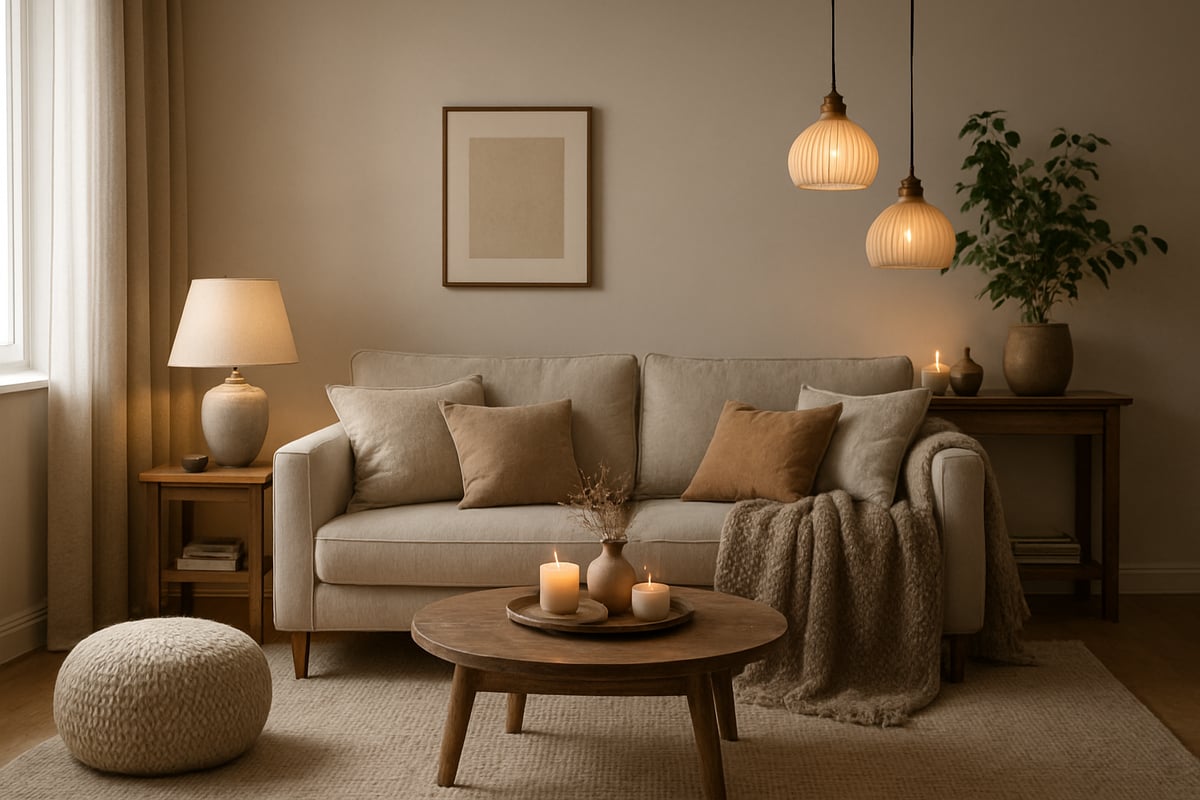
Galería de Inspiración de Espacios Acogedores & Ejemplos Reales
Entra en un mundo donde cada habitación se siente como un refugio. Desde rincones de lectura bañados por el sol hasta dormitorios tranquilos, estos espacios reales muestran cómo diseñar ambientes acogedores que nutren y restauran. Observa cómo cada área usa texturas invitantes, iluminación suave y distribuciones pensadas para crear un verdadero santuario.
Proyectos recientes de diseñadores revelan que mantas superpuestas, madera natural y plantas de interior son elementos esenciales. De hecho, las tendencias de Tendencias de Diseño de Interiores 2025 destacan el uso de tonos tierra y recuerdos personales para máximo confort. Busca paredes de galería, alfombras mullidas y estantes curados en estos hogares, todos trabajando juntos para evocar calidez e individualidad.
No importa tu espacio o presupuesto, puedes diseñar rincones acogedores mezclando telas táctiles, añadiendo vegetación y exhibiendo objetos significativos. Experimenta con distribuciones y deja que tu personalidad brille, sabiendo que un hogar verdaderamente acogedor comienza con elecciones conscientes y toques personales.
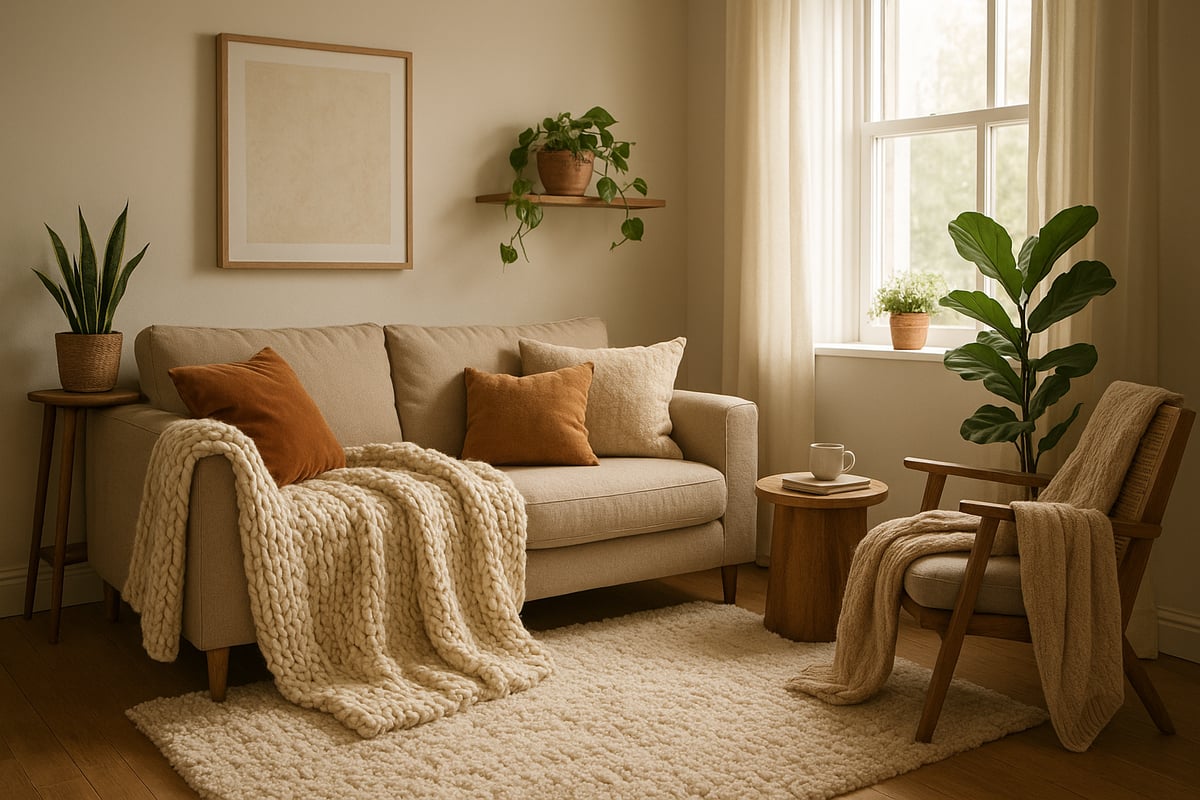
Mientras exploras estas siete estrategias inspiradoras para crear espacios acogedores y atractivos en 2025, podrías sentirte inspirado para llevar algunas de estas ideas a la vida en tu propio hogar. Si estás listo para dar el siguiente paso y comprender verdaderamente los principios detrás de interiores armoniosos, ¿por qué no profundizar tus habilidades con la guía de expertos? Puedes transformar tu entorno y adquirir conocimientos prácticos que duran toda la vida. Ya sea que comiences desde cero o renueves un espacio favorito, ahora es el momento perfecto para Comenzar con Diseño de Interiores y hacer realidad tu visión.






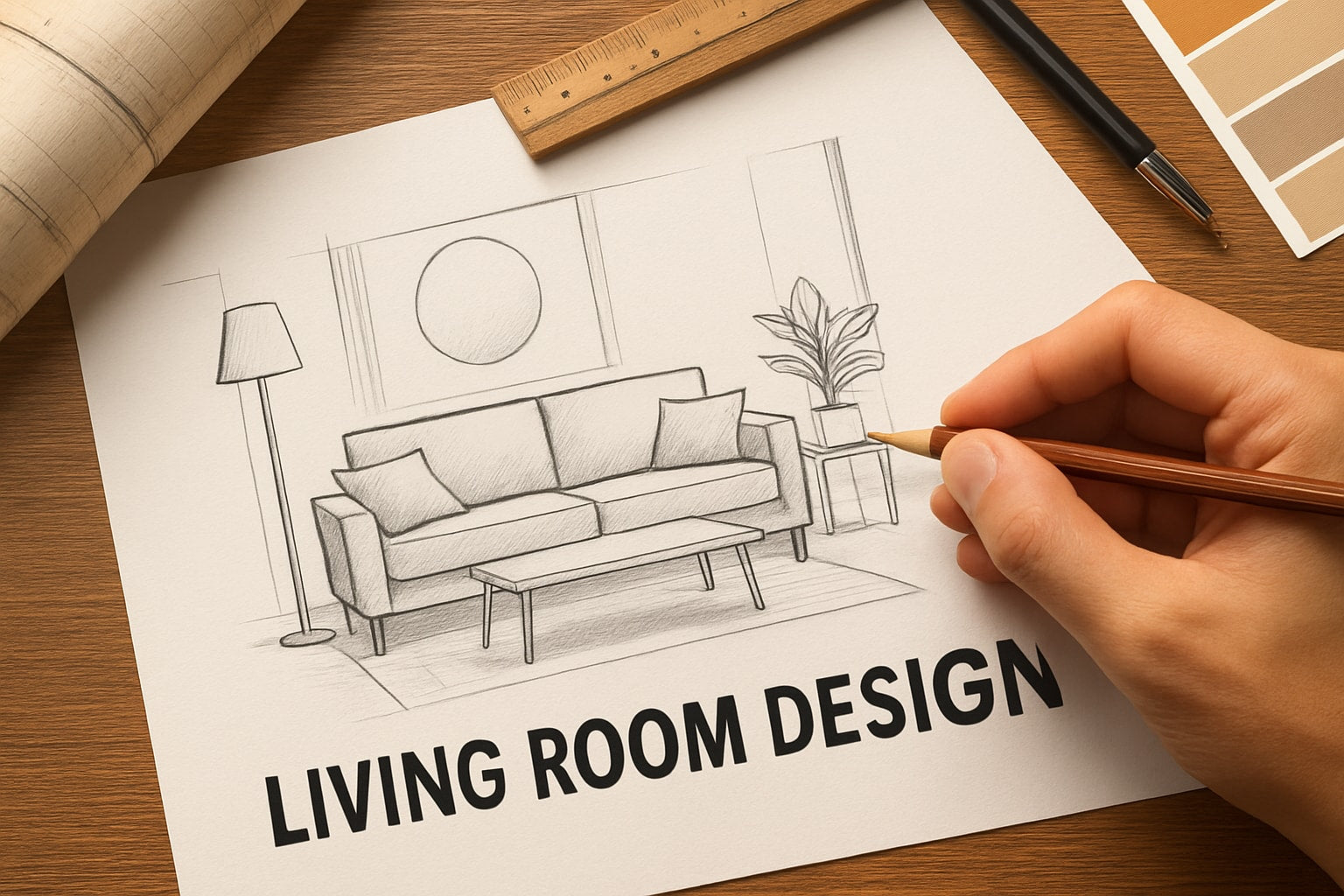
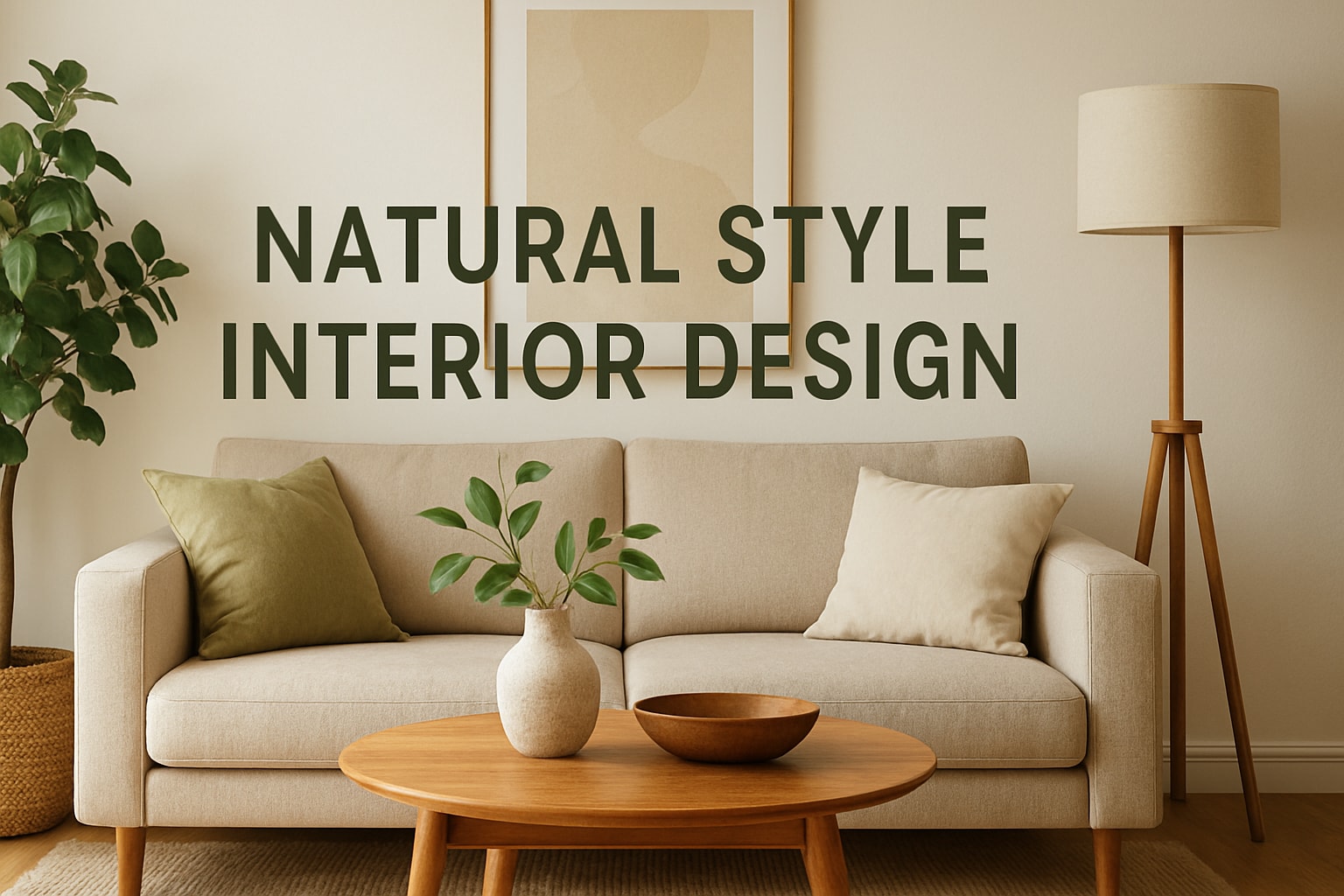
Compartir:
Descubriendo interiores modernos de cabañas
guía para principiantes de diseño de interiores del hogar 2025